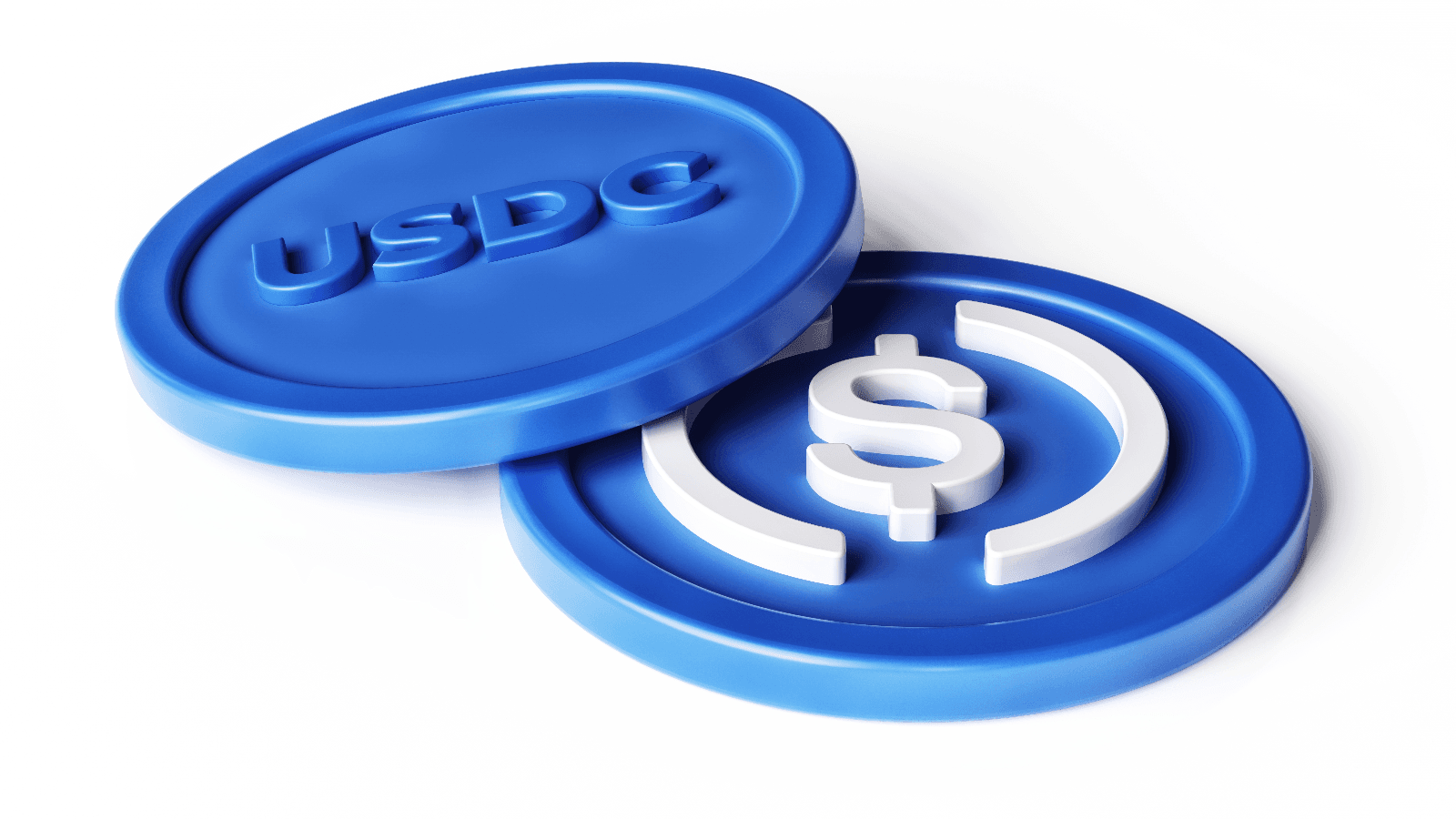USDC Is Coming to Cosmos in 2023
Circle will issue USDC on a “generic asset issuance chain” secured by Cosmos validators

Source: Shutterstock
- The stablecoin will be available in the network natively, without needing to be wrapped or bridged
- By bringing USDC into its network, the stablecoin will likely become a large source of value for the network’s proposed interchain scheduler
USD Coin (USDC), one of the largest fiat-pegged stablecoins in the world, will soon be available, natively, in the Cosmos ecosystem.
The Cosmos ecosystem is a network of decentralized blockchains that interact with each other using the inter-blockchain communication (IBC) protocol.
To maintain neutrality, Circle is working with blockchain validation company Strangelove Labs — with support from Informal Systems, Iqlusion and Osmosis Labs — to create a generic asset issuance chain secured by Cosmos to launch its stablecoin.
USDC will be available in the network in early 2023 where developers and users alike will be able to access the asset through the IBC protocol, Zaki Manian, co-founder of Iqlusion, told Blockworks.
“It’s been a real challenge,” Manian said. “We came up with this architecture of a chain for USDC — we’re not fully talking about how it’s going to be brought on, but we are talking about this idea of having it fire towards being part of interchain security.”
According to Manian, USDC has been talking to multiple networks in Cosmos for over a year, but it was difficult for the stablecoin provider to navigate such a large ecosystem of decentralized blockchains to come up with a standardized solution until recently.
“We’re essentially defining a standard form of USDC across the Cosmos right now,” he said.
The push to onboard the stablecoin came soon after decentralized borrowing and lending platform, dYdX revealed, in June this year, that it will be migrating from Ethereum to Cosmos.
“It is very important to us that we support the launch of dYdX v4, which is a huge user of USDC,” Manian said.
As the strength of the Cosmos ecosystem is its DeFi protocols, employing USDC — the most popular asset of choice in DeFi, into the network was critical according to Manian.
Every DeFi project which now chooses to launch on Cosmos will have a functional fiat on-ramp into the application space, without requiring bridging or wrapped assets.
“What we’re trying to achieve from a software architecture point of view is minimizing security risks and base ourselves in a battle-tested IBC stack, and not some of the more immature bridging protocols,” he said.
Currently, USDC is available to Cosmos chains through one of two competing bridging protocols — Gravity and Axelar. That arrangement can be confusing for users and, although no security incidents have affected these protocols, recent history underscores the vulnerability of bridging solutions writ large.
The future of the Cosmos Hub
The Cosmos community recently revealed its plan to work together with the Cosmos Hub, an independent blockchain in the Cosmos, to revamp the tokenomics of the native atom token (ATOM), essentially ensuring that the Hub will be at the center of secure economic scaling.
By bringing USDC into its network, Manian believes that the stablecoin will become a large source of value for the interchain scheduler — a cross-chain marketplace that offers maximum extractable value (MEV) opportunities.
“There will be value accrual alignment between USDC and atom because atom will be a claim on what is the MEV on what is going to be a lot of on-ramp and off-ramp value into the wider Cosmos DeFi ecosystem,” Manian said.
Censorship resistance remains challenging
Although USDC is one of the most commonly used DeFi assets, it is issued by a centralized institution, making it non-censorship resistant.
Shortly after the US Treasury sanctioned crypto mixer Tornado Cash, Circle blacklisted 45 Ethereum addresses named by the Office of Foreign Assets Control (OFAC), making it illegal for any US citizen to interact with the addresses.
“We are going to continue to experiment in the Cosmos, and see how individual chains want to manage the lack of censorship resistance,” Manian said.
“We’re most likely going to give USDC the capability to block an IBC channel in our implementation — and it’s going to be interesting to see how that potentially plays out,” he said.
Despite this, Manian says that DeFi instruments functionally need something that can be exchanged one for one to a real life asset, as it is a “necessary primitive.”
Although Manian believes that the industry has the capability to remove USDC from the crypto ecosystem, he says that it fundamentally comes down to a question about how the US government perceives its interests.
“A lot of us believe that the US dollar will be the unit of account in the emerging financial system, but if they [the US government] don’t want it to be that way, we can build these things without them,” Manian said.
Get the news in your inbox. Explore Blockworks newsletters:
- The Breakdown: Decoding crypto and the markets. Daily.
- 0xResearch: Alpha in your inbox. Think like an analyst.






